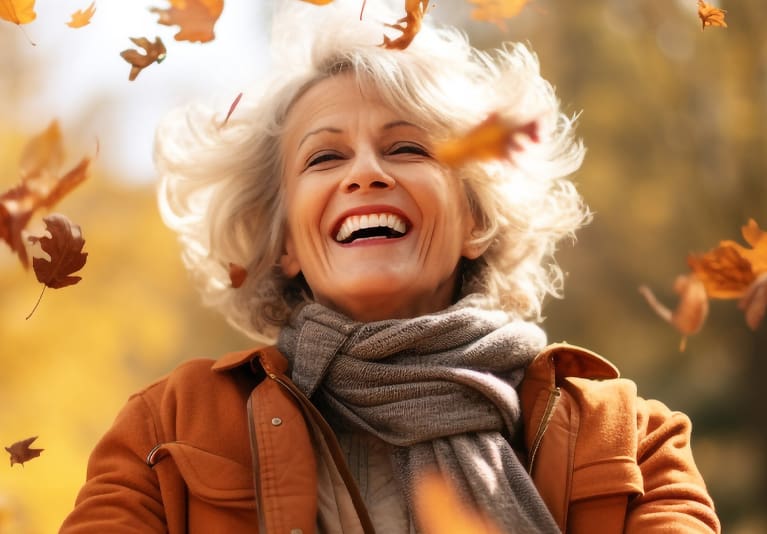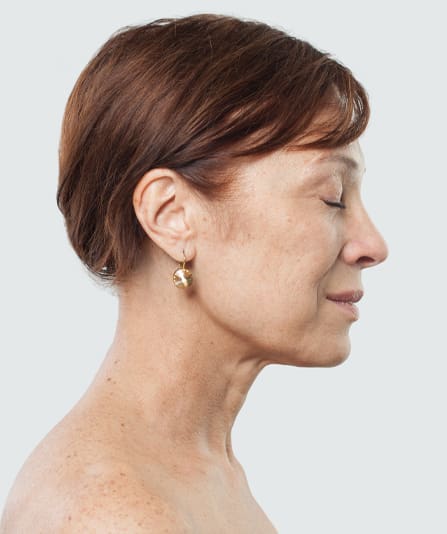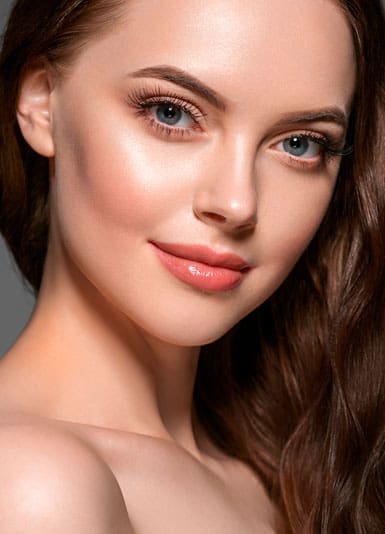Face by Mr Ioannis Goutos
Age Spots

With time, most individuals may develop flat patches of darker or brown skin that might look a little like freckles. These are known as ‘age spots’, but can also be referred to as ‘liver spots’, ‘solar lentigines’ or ‘sun spots’. They most commonly arise in clusters on sun-exposed areas of skin such as the face, neck, back of the hands and arms. Typically age spots are flat and level with the skin, with clearly marked, smooth edges. They can range from being small and freckle-sized up to an inch wide and are not associated with any pain or itching.
Age spots may start to develop in middle or older age, however they can appear in younger individuals if they have had a lot of sun exposure. The UV radiation present in sunlight can cause our skin to darken; this is due to an increase in the production of the pigment ‘melanin’ within the skin. Sometimes the skin produces additional melanin in ‘clusters’ which can cause the appearance of patches that look darker than the surrounding skin.
Although they are not harmful, it is recommended to have any new or changing patches of pigmented skin checked to ensure that they are age spots and not something else which may be cancerous. This can usually be done during an examination with a skilled clinician, however in some instances further testing, such as a biopsy, may be required.
Book your consultation today
Book nowAbout this condition
There are a number of measures that can be taken to prevent or delay the development of age spots. As they are directly related to exposure to UV light, ensuring good sun protection all year round is key. For example, wearing a daily sun screen of a minimum 30SPF on sun exposed areas of skin, particularly the face, can be helpful. If spending time in more intense sunlight, appropriate clothing and stronger sun screen may be warranted. It is also recommended to avoid the use of tanning beds, as this can contribute to a number of sun-related skin conditions, including skin cancers. Having a healthy lifestyle, including drinking plenty of water, eating a balanced diet, regular exercise and avoiding alcohol and smoking can all help to maintain healthy and youthful looking skin.
Although not harmful, some individuals may find the presence of age spots distressing and unsightly. This can have an impact on a person’s self-confidence, and, in turn, on their choice of clothing and activities. There are a number of non-invasive cosmetic procedures that can be considered to improve the appearance of age spots. These include:
- Intense Pulsed Light therapy
- Laser treatments
- Needling or ‘microneedling’
These treatments are all non-surgical and can be performed within an outpatient appointment. They work by encouraging the skin to break down the excess melanin pigment and regenerate, leading to an overall smoother and more even appearance of the skin.
Mr Ioannis Goutos is a highly respected, London-based plastic surgeon with a passion for treating scars and burns. He is well equipped to perform meticulous assessments and create tailor-made treatment plans for his patients, based on their current situation and their cosmetic goals. Mr Goutos takes particular pride in ensuring all aspects of a patient’s treatment journey are addressed, including physical, social and psychological factors. He is well placed to provide a number of surgical and non-surgical procedures, with gold-standard aftercare.

Testimonials
Mr Goutos is delighted to share some of his patient and peer feedback on their experiences of his services.











